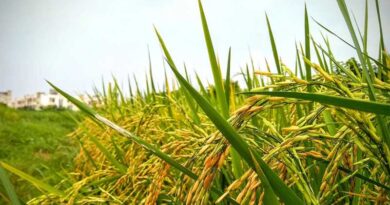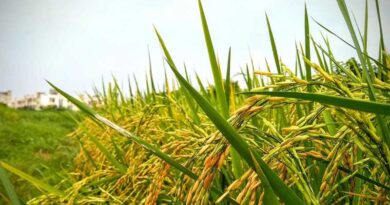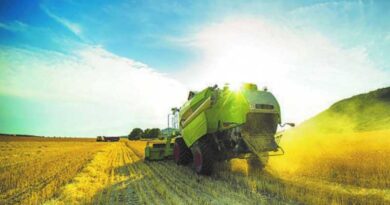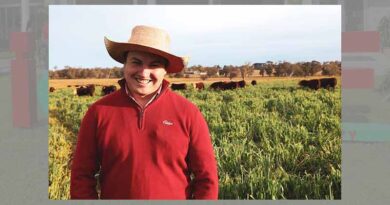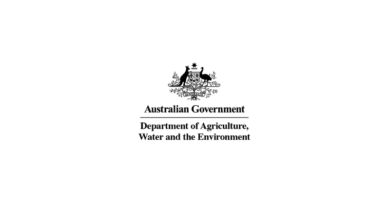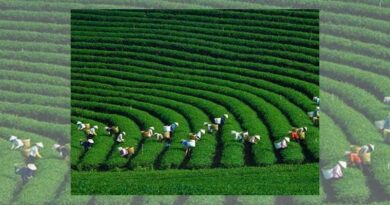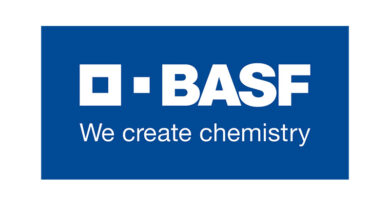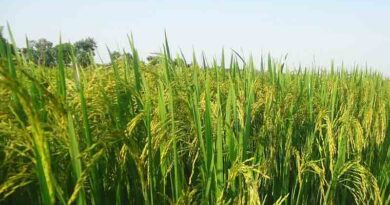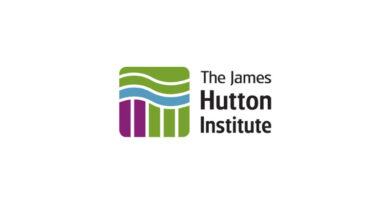Predicting pesticide usage and risk of resistance in Australian agriculture
22 March 2023, AU: Pests exposed to lethal doses of pesticide experience selection for resistance. Stronger selection pressures increase the risk of resistance evolution.
Yet understanding the selection pressure on pests in Australian agriculture is challenging because there is limited information on pesticide usage. This makes it difficult to predict the risks of resistance evolution.
If pesticide usage and selection pressure could be measured, this would open new doors for proactive resistance management, helping prolong the effectiveness of agricultural chemicals.
As part of the Australian Grains Pest Innovation Program (AGPIP), an investment by GRDC and the University of Melbourne in collaboration with Cesar Australia, we have been developing out-of-the-box ways to estimate pesticide usage, selection pressure and resistance risks. To do this, the team used pesticide product registrations recorded in the Australian Pesticides and Veterinary Medicines Authority (APVMA) chemical database (PubCRIS).
We suggest that pesticide product registrations could partially reflect accessibility and use of chemical modes of action (MOA) in agriculture. When pesticide compounds are first released, they are registered in a small number of products for specific pests and crops. As more products become registered, their usage likely increases, which should also increase selection pressure for resistance.
In line with our expectations, we observed a positive relationship between MOA usage and the number of associated registered products. Importantly, this pattern held across pesticides used to control insects/mites, fungi and weeds, giving us confidence that this observation was robust.
The next step was to demonstrate that pesticide product registrations could be used to predict resistance risks. As a proof of concept, we focused on insect/mite pests. We compiled information on the resistance statuses (resistant versus susceptible) for 209 insect/mite pests of Australian agriculture to 39 different chemical MOAs.
Again, our results aligned with our expectations: we found a positive relationship between the presence of resistance and pesticide product registrations. This finding is exciting. The number of registered pesticide products with the same MOA could jointly allow us to infer both usage and the risk of pesticide resistance evolution in different pests and MOAs.
Resistance risk modelling in action
We used our model to assess resistance risks of several problematic pests in Australian grains, including diamondback moth (Plutella xylostella), cotton bollworm (Helicoverpa armigera) and redlegged earth mites (Halotydeus destructor). We compared estimated risks for these pests to baseline levels established from susceptible pests, particularly for chemicals with major roles in resistance management strategies that do not have widespread field resistance.
For diamondback moth and cotton bollworm, we predicted risks for spinosyns (Group 5 chemicals) approximately double the baseline. Both these Lepidopteran pests are highly resistant to many MOAs used in their control in Australia. Historically, both species have been susceptible to spinosyns, although there are recent reports of reduced spinosyn sensitivity in diamondback moth from Western Australia.
Incipient spinosyn resistance in cotton bollworm from Queensland and New South Wales was reported in the early 2000s, but susceptibility has returned following the widespread uptake of Bollgard Bt cotton. Costs of spinosyn resistance could therefore be important for maintaining susceptibility with adequate chemical rotations.
We also estimated risks for avermectins (Group 6 chemicals) in cotton bollworm; the predicted risk was 1.1 times greater than the baseline, suggesting a lower risk for avermectins relative to spinosyns. However, this risk might be higher in the context of fall armyworm (Spodoptera frugiperda) co-occurring with cotton bollworm in many grain crops and the potential for accidental off-target selection.
For redlegged earth mites, we observed a risk of resistance evolving to neonicotinoids (Group 4A chemicals), which was 1.3 times greater than the baseline. Neonicotinoid selection on redlegged earth mites is very high in Australia due to the prevalence of seed treatments (which are almost exclusively neonicotinoid-based) as a preventive control strategy.
What can we learn from this work
Our predictive models also suggest new resistances are at risk of occurring in other important Australia pests, such as silverleaf whitefly and two-spotted mite. We are excited about the opportunities of our modelling framework to be applied more broadly to other pests (fungi and weeds) and its application to proactive resistance management.
Our findings emphasise the need for growers and advisers to adhere to best-practice guidelines to preserve valuable chemical MOAs. This includes chemical rotations, using the recommended field rate and relying on natural enemies where possible. It is important to always be vigilant for signs of increasing tolerance in the field. Identifying tolerances early will be essential for mitigating full-blown resistance in the future.
GRDC has a series of resistance management strategies for major grain pests on its website, including for diamondback moth1, cotton bollworm2 and redlegged earth mite3. These are an excellent place to familiarise yourself with recommended best practices for the control of these pests.
If you are interested in reading more about this research, our work on pesticide usage is published in Crop Protection4, and our work on resistance risk predictions is currently available as a preprint on BioRxiv5.
Also Read: Diageo India launches regenerative agriculture program in Punjab and Haryana farmers
(For Latest Agriculture News & Updates, follow Krishak Jagat on Google News)


